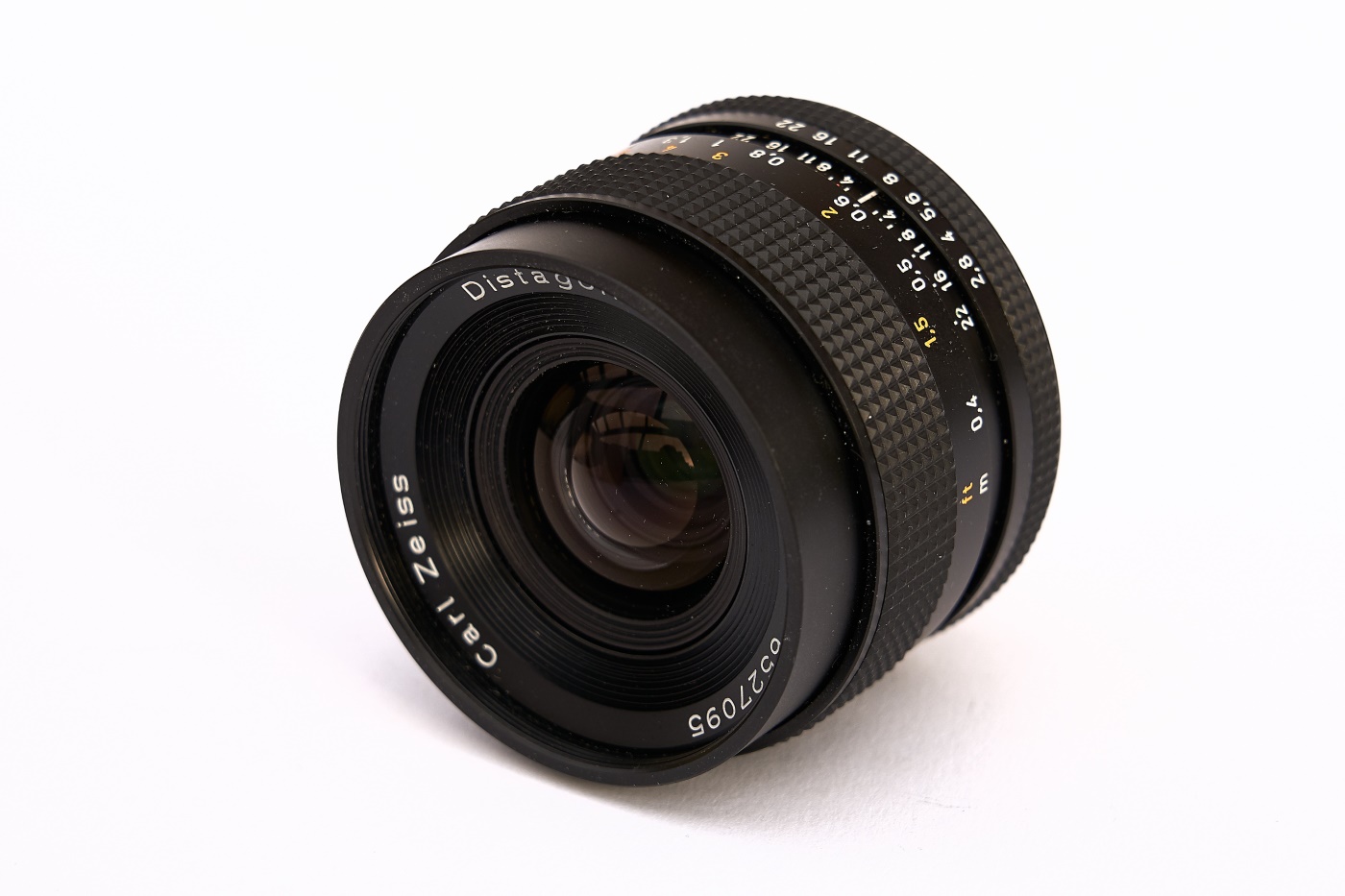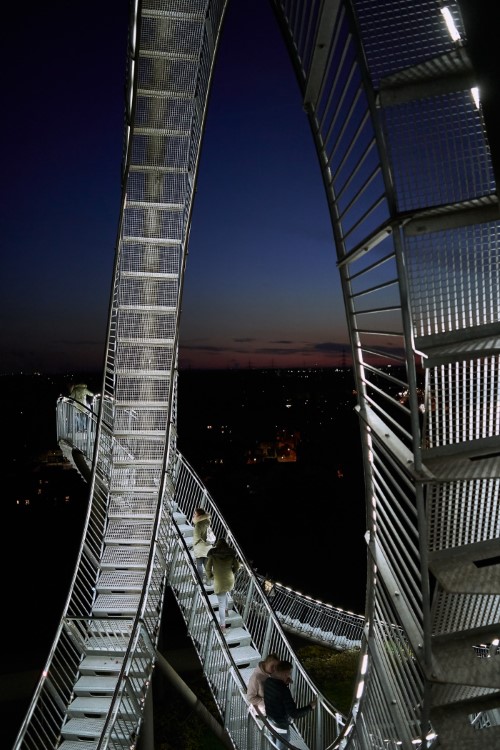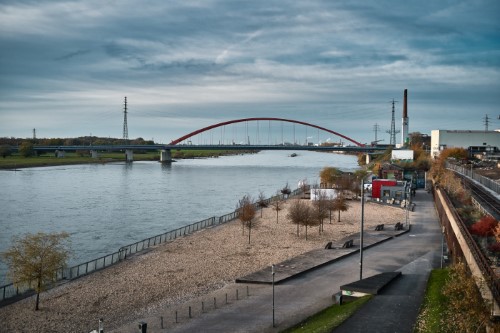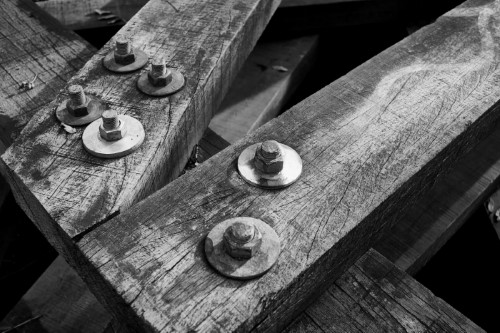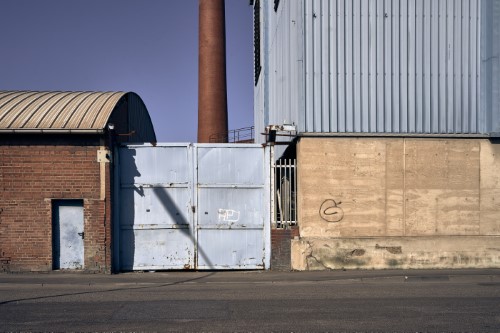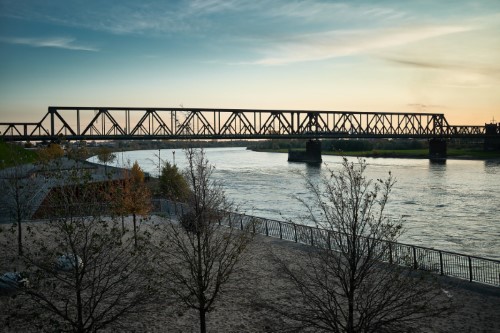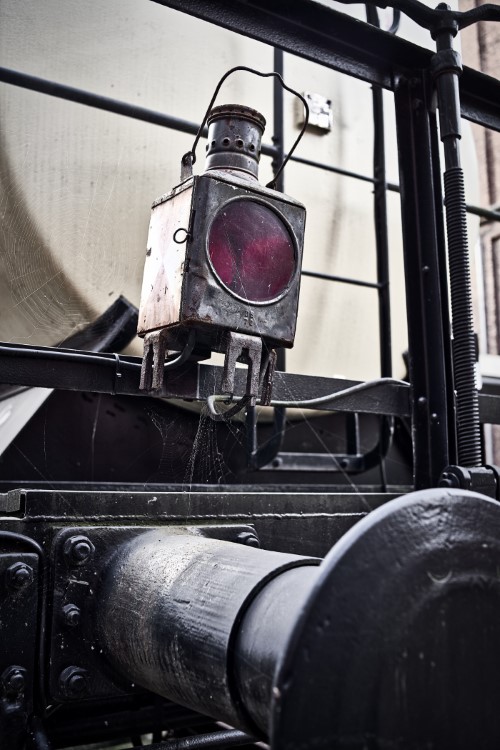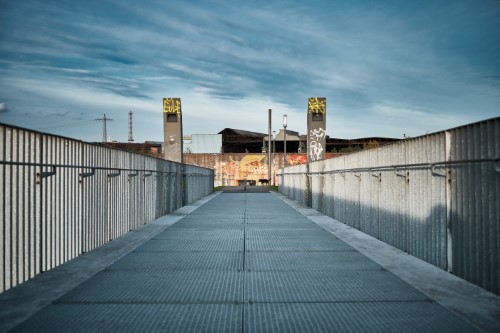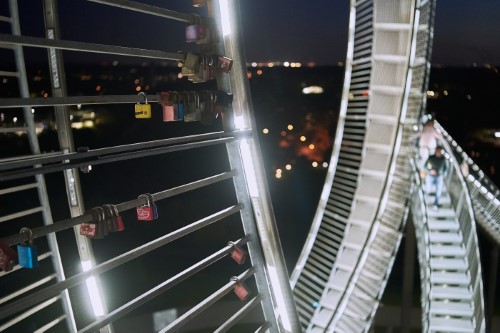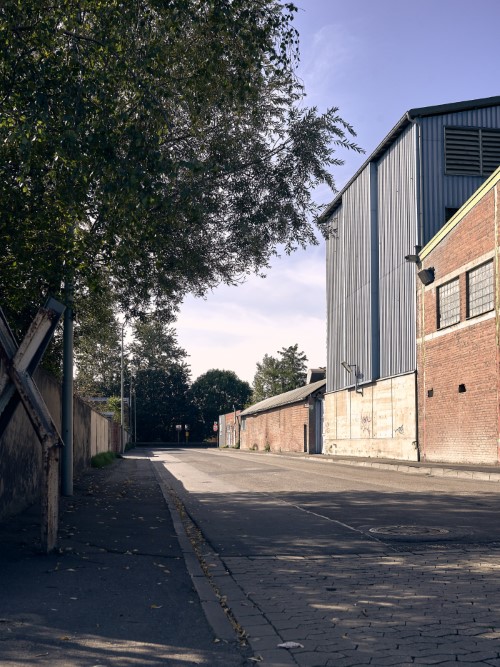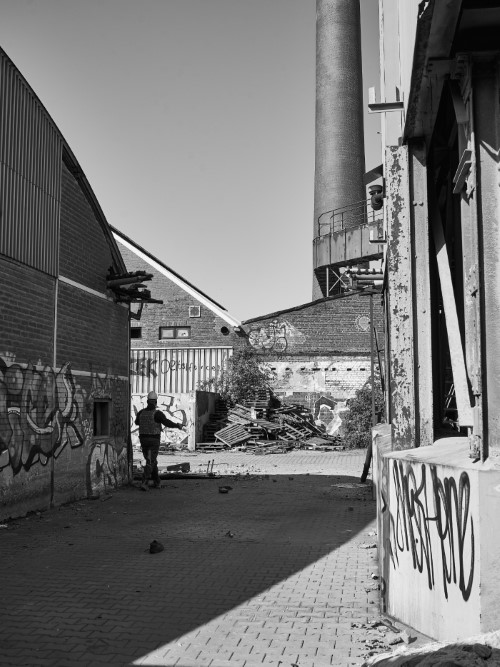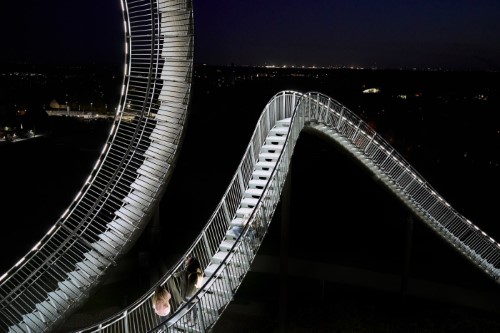Zeiss Distagon 2,8/35 T* (C/Y-Mount)
Sample Images - Zeiss Distagon 2,8/35 T* (C/Y-Mount)
Distagon lenses from Carl Zeiss are lenses based on the principle of the inverted telephoto lens, so-called retrofocus lenses.
This design allows a larger angle of view and a greater distance between the last element of the lens and the image plane (i.e. the sensor of the camera). In the past, this space was necessary for the mirror boxes of SLR cameras, for example.
In today's mirrorless digital cameras, the greater distance is also an advantage, as it means that the light rays hit the sensor at less of an angle. In contrast to film, the sensitivity of the sensors to obliquely incident light rays is significantly lower.
The brand name Distagon is derived from the words "distance" and the Greek "gonia" (angle). This is intended to express the characteristic "wide-angle lens with a large distance to the image". The T in the lens name stands for the Zeiss T-coating of the lenses to reduce reflections.
The Zeiss data sheet for this lens states:
"The high-performance Distagon lens is a lens for those who are interested in the medium wide-angle range and who view high performance as extremely high image quality and not as extremely wide initial apertures."
The lens was sold in the AE variant used here from 1975 to approx. 1984.
Technical data Carl Zeiss Distagon T* 2.8/35 mm:
Optical Construction: 6 elements, 6 groups
Aperture: 2.8 to 22, 6 blades
Closest Focusing Distance: 0.4 m
Angle of View: 63 degrees
Bayonet: CY (Contax/Yashica mount)
Filter Diameter: 55 mm
Weight: approx. 240 g (own measurement: 241 g)
Housing: metal
Camera: Sony A7 III (24 Megapixel)
